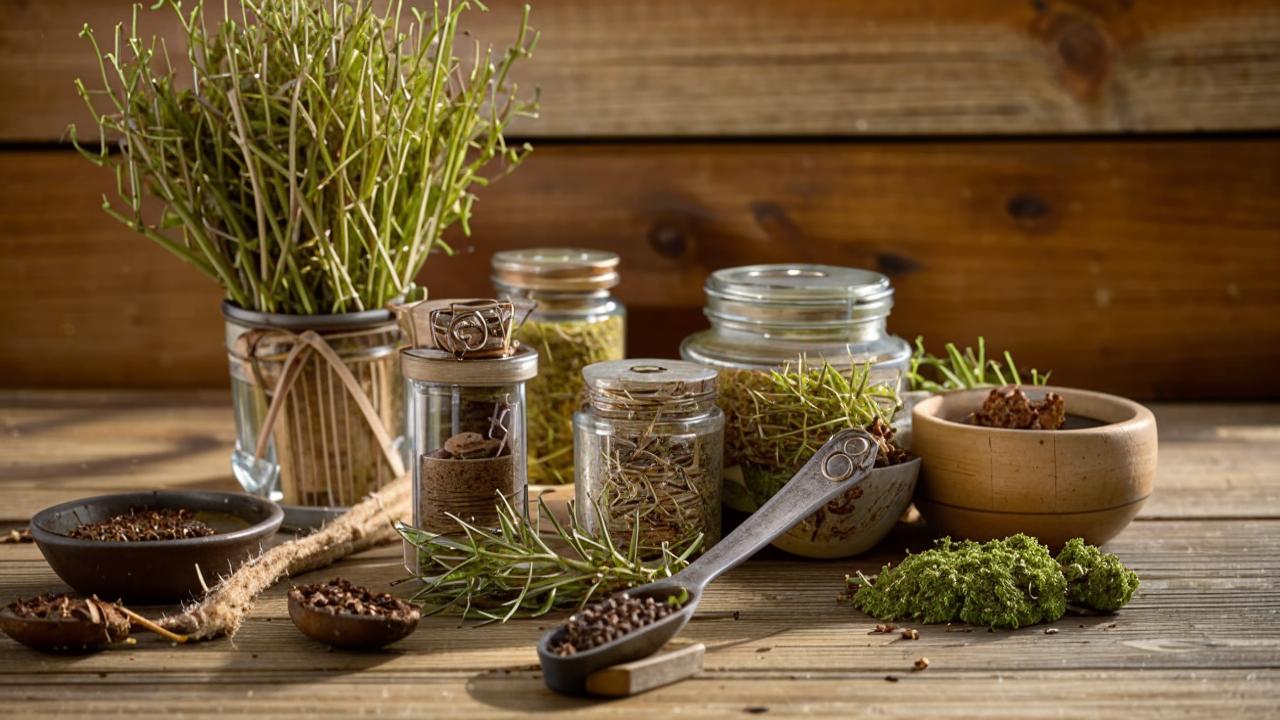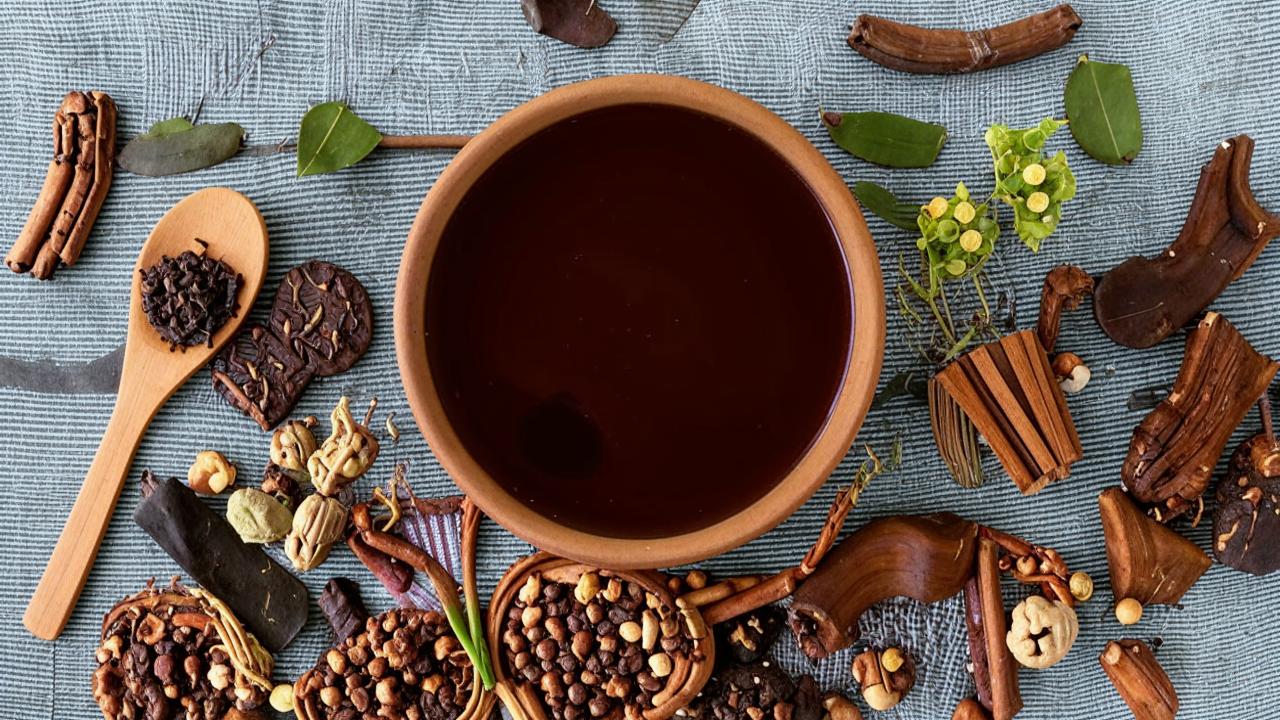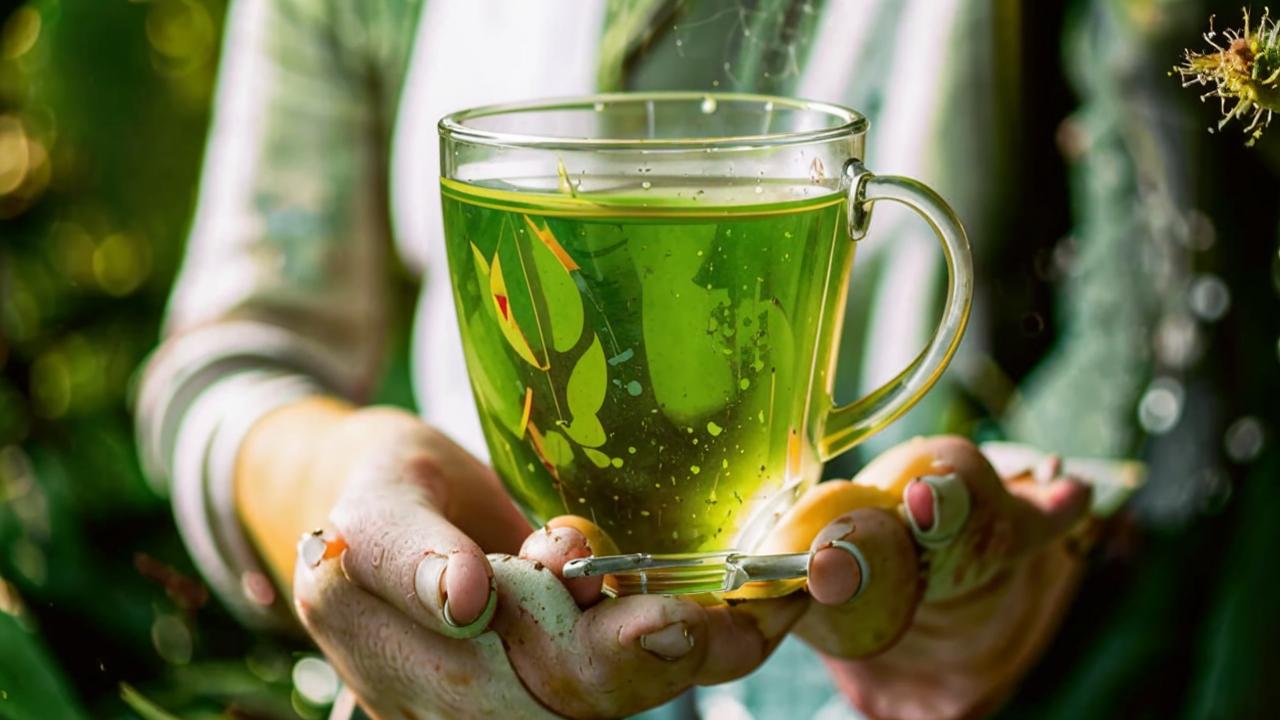Pre-winter, winter, temperature and atmospheric pressure fluctuations, short daylight hours, gloomy days – processes that characterize the end of the year in the central part of Russia, and a time when there is a lot to do, and strength is running out. And then there is the time of seasonal colds and flu, which piles on us the burden of living and a long recovery period.
What can help to cope with stress, colds, relieve symptoms of illness and at least a little closer to harmony of physical and emotional well-being?

biotechnologist, aromatherapist, phytotherapist and spice therapist
One of the best ways is with homemade phyto-tea. Freshly brewed, aromatic, with a unique taste of distant meadows, mountain heights, steppe expanses, beneficially affecting both our physical and emotional state.
Ivan-tea
Let’s start with native Russian Ivan-tea (Cypress narrow-leaved), which since ancient times, before the appearance of Chinese black tea in Russia, was used for daily tea drinking.
Ivan-tea by its nature is a pioneer plant, the one who is the first to develop the destroyed land, fires and in one year is able to grow a huge biomass, necessary for further restoration of the soil.

Thanks to its unique chemical composition, willow tea has a beneficial effect on the whole body. Cypress leaves contain a large amount of tannins, organic acids, vitamin C, pectins, flavonoids, macro- and microelements, sugar and mucus.
The drink helps to fight avitaminosis, thanks to the high content of vitamin C is a natural remedy for the prevention and fight against colds. And also strengthens the immune system and increases the overall tone of the body after illnesses and physical overload, helps to maintain attention and concentration during mental stress.
Ivan-tea is effective:
- with irritability and anger;
- insomnia, has a mild sedative effect;
- helps muscle and emotional relaxation.
Donnik yellow (Donnik medicinal)
Another plant, the flavor of which is familiar to many of us. A medicinal plant with a wonderful honey flavor, the medicinal properties of which have been known since ancient times. The writer Ivan Bunin said:
To me this donnik gold for a moment everything, everything is dearer!
The Roman physician Galen treated the wounds of gladiators with it, the Greek Dioscorides described its healing power in detail, and the origin of the Russian name speaks for itself.

“Donnik” comes from “donnaya” – the ancient name for gout and “dna” – the Old Russian designation for diseases of the lower abdomen.
Useful properties of donnik are well studied by science and found recognition in the use in diseases of the cardiovascular, respiratory, genitourinary systems. To strengthen immunity and treatment of gout and rheumatism.
Donnik is also effective:
- in external application;
- mastitis and for softening and resorption of various seals and boils;
- for resorption of blood clots (blood clots) natural anticoagulant, taking which for a week helps to restore the “fluidity” of our blood.
But the use of this plant should be treated with extreme caution. Do not use it in therapeutic doses independently, only under the supervision of a phytotherapist.
Contraindications to the use of melon are pregnancy, low blood clotting, low blood pressure, kidney disease. Prolonged use and ingestion in large quantities can cause headache, vomiting, restless sleep and even paralysis.
Holy basil
Let’s move on to the spicy plants and take a closer look at Basil (Ocimum sanctum). For more than 3000 years, this plant has been considered one of the most powerful and sacred plants in India.
No, it is not the culinary basil we are used to, although all of its species certainly have their medicinal properties. The main virtue of Basil Sacred is considered to be its use as an adaptogen.
Adaptogens are nourishing and building herbs that, when used daily, enhance human health.
Basil:
- Thins blood and promotes circulation;
- optimizes cholesterol levels;
- reduces blood glucose levels;
- helps reduce pain and is useful in treating arthritis and other inflammations.
As a spicy herb, it benefits digestion, relieves congestion, helps with heartburn and is used to heal ulcers.
Basil is also used as an antimicrobial herb in the treatment of bacterial fungal and viral infections. It helps to strengthen the immune system.
Care in the use of holy basil should be taken by people taking insulin for diabetes. Also by those taking blood thinning medications so as not to increase their effects.
Sagan dalia (Adams rhododendron).
Another amazing plant that is increasingly gaining interest. According to Buryat legend, warriors returning home with victory stuck their spears into the slopes of the Sayan Mountains. In this way they gave their strength to the earth. After a while, the sagaan dali plant (literally, “white wing”) appeared in these places. People believed that it gave people strength and health.

This plant, which is actively used by Tibetan and Buryat medicine, is not yet recognized as a pharmocopoeial plant, i.e. it is not included in the State Register of Medicines. But scientific research by Russian scientists in recent decades, it is considered a potential medicinal plant.
Rhododendron Adams
In folk Tibetan medicine, rhododendron Adams in the form of decoctions is used internally as a bactericidal, tonic agent, as well as for stimulation of cardiac activity and nervous system.
Mongols and Buryats everywhere use this plant as a diuretic, for colds. In Siberia, hunters use rhododendron Adams as a tea to relieve fatigue.
Thanks to research conducted at the Irkutsk State Medical University, it was found that rhododendron Adams has a pronounced tonic effect in conditions of stress and surpasses the effect of eleutherococcus, increases the body’s resistance to infection, has anti-inflammatory and antioxidant effect.
But there are contraindications to use:
- Age under 18 years;
- pregnancy and lactation;
- unstable state of the nervous system;
- hyperexcitability;
- lesions of the brain;
- mental disorders;
- diseases of the kidneys and urinary system.
How to properly drink herbal collections
Each of the described plants is unique in its chemical composition and unique in its healing properties. Each of them can bring us harmony, and with unwise use – to cause harm and possibly irreparable.
But compliance with the rules and regulations in daily use will ensure a good morning, a cheerful day and a calm night.
Ivan-tea – you can take every day, but not more than a month, then take a break for a month. Dosage 1 tsp. with a slide to 300 ml of boiling water.
Donnik medicinal – for the prevention of thrombosis take 1/2 tsp. twice a day for 200 ml of boiling water. Take no more than a week. You can add to black or green tea, and for flavoring and variety of taste – add a pinch of donnik to the willow tea.
Basil holy – suitable for daily long-term use 2 tsp. dry herb for 300 ml of boiling water.
Sagan-daila – for those who want to give vigor or relieve accumulated fatigue, two or three leaves per 200 ml of boiling water. Not every day.
In other cases – as a medicinal remedy only under the supervision of a doctor. Drink tea, enjoy the flavors and be healthy.





